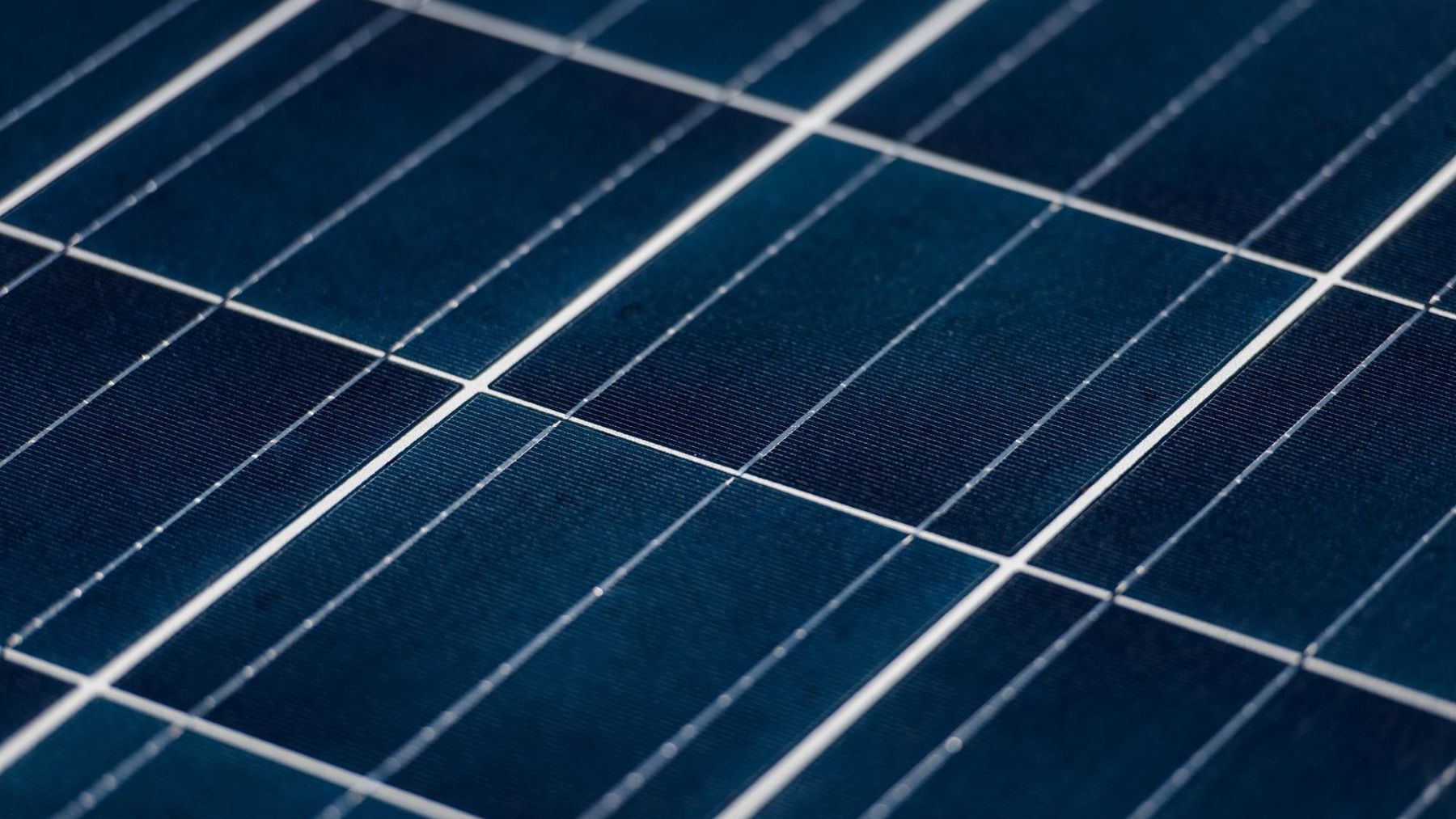In the middle of the energy transition, a photovoltaic paint that produces energy with your lamps. It is a foolproof method to enjoy electricity free at home. Photovoltaic energy has become a revolution lately thanks to the efficient inventions that are emerging.
Under these conditions, the climate crisis and high energy prices have led a large number of users to look for alternative energy sources than the traditional ones to reduce electricity bills and the carbon footprint of homes.
Solar panels are an effective tool to convert solar energy electricitybut not the only one and now much less so.
Get energy with this photovoltaic ink: it has the best predictions
With the aim of achieving more accessible energy, the company Asca has created an organic solar film that can be used on any surface: facades, roofs, balconies, balustrades… This is a translucent technology that stands out for its flexibility and the possibility of being installed anywhere.
Moreover, it generates electricity during the day, regardless of weather and orientation. The company, a subsidiary of Armor Group located in France, has been developing this material for ten years and has invested more than 100 million euros in it. In fact, it is already installed in buildings and structures.
It is the case of Solar Mesh Dance of the artist Björn Schulke; the balustrades of a residential building Möhringen, Germany; the facade of BVIP Media-Novartis Pavillon in Basel, Switzerland; the Solar Decathlon Europe from Wuppertal, Germany and a solar greenhouse Carlow, Ireland.
Photovoltaic inking operation
The company states on its website that it has a light, flexible technology that can be easily integrated into any object. In this way, the solar film uses ‘solar ink’ based on photoactive polymers.
The operation is performed as follows. The ink is printed in five layers on a flexible PET film (polyethylene terephthalate). The whole assembly is then wrapped with two other protective layers with the aim of protecting the polymers from external aggressions, such as moisture, oxygen or ultraviolet (UV) rays.
To reach this stage, the company states that it uses a process with a low impact on the environment, and that no solvents are even used. After this, a combination of laser, printing and laminating technology is used in a company-patented process to complete the module design and enable electrical operation and proper durability.
“If we printed as many solar films as thermal transfer ribbons (ribbons that contain ink for printing), we would produce more energy every year than all the energy of the French nuclear power plant,” he notes. Hubert de Boisredongroup CEO Shieldthrough statement.
And he adds: “We currently produce 13,000 kilometers of thermal transfer ribbon per day, which equates to 2,000 million m2 per year. Even if we take just one billion, with current production we would produce 60 gigawatts (GW) of electrical energy. “That’s the entire French nuclear power plant, if it works.”
With this photovoltaic ink you can have free electricity at home
The self-consumption of photovoltaic solar energy is already increasing all over the world, and not just in our country. Another major challenge at the moment are perovskite panels (a Russian material), which are becoming a revolutionary solution within the solar energy sector. It has unique properties that make it the ideal material for photovoltaic conversion.
Ultimately, the photovoltaic paint It is one of the new ways to produce electricity at home, along with perovskite solar panels.

